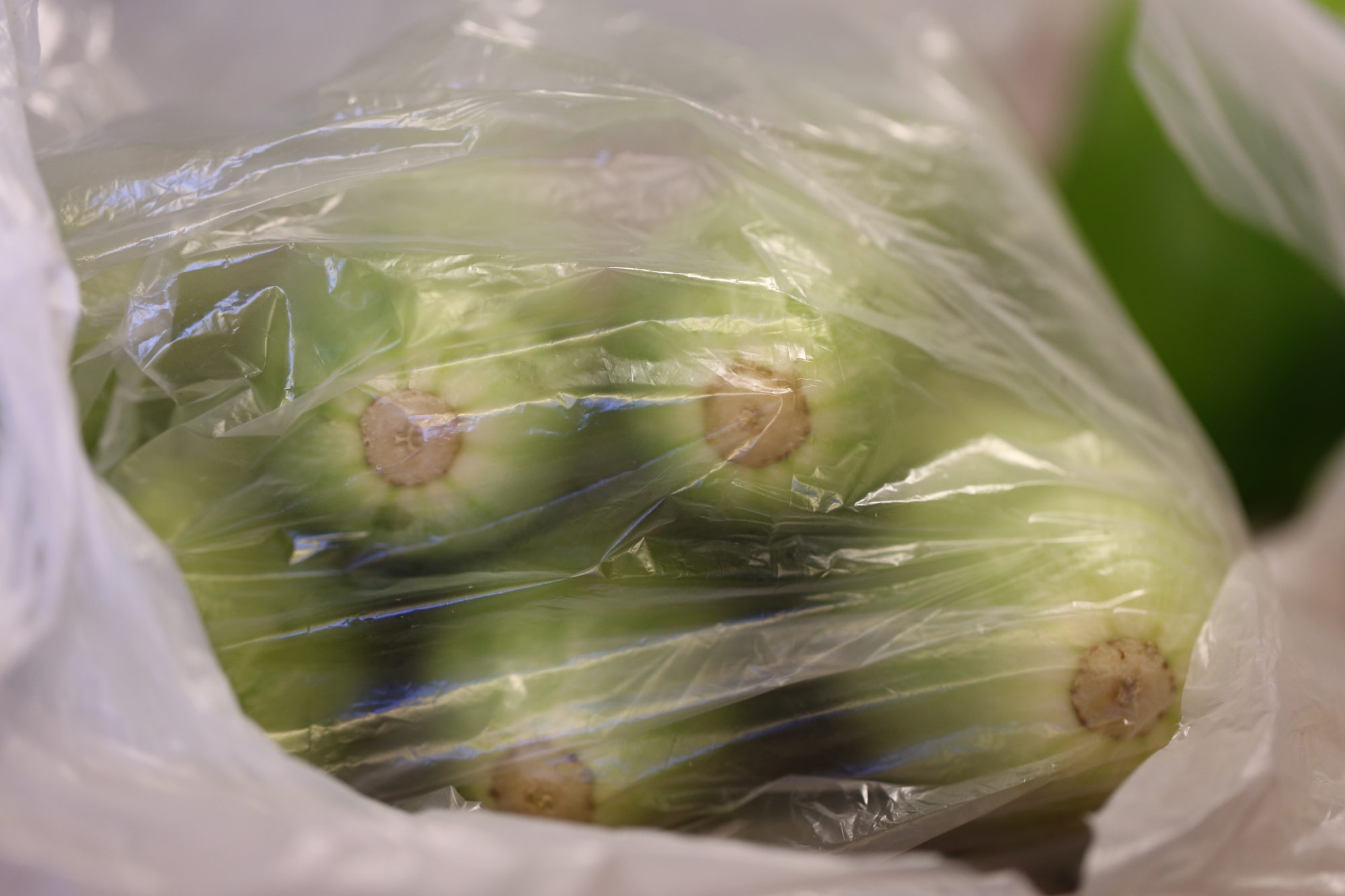

Articles
How To Store Zuchini
Modified: December 7, 2023
Learn the best techniques for storing zucchini in this informative article. Keep your zucchinis fresh and ready for delicious recipes.
(Many of the links in this article redirect to a specific reviewed product. Your purchase of these products through affiliate links helps to generate commission for Storables.com, at no extra cost. Learn more)
Introduction
Welcome to our guide on how to store zucchini! Zucchini is a versatile and delicious summer squash that is abundant during the warmer months. Whether you have a bountiful harvest from your garden or have stocked up on zucchinis from the farmers’ market, knowing how to properly store them is essential to maintain their freshness and flavor.
Zucchini is a highly perishable vegetable that can quickly lose its texture and taste if not stored correctly. In this article, we will provide you with step-by-step instructions on how to choose, harvest, and store zucchinis to maximize their shelf life.
Proper zucchini storage not only helps to prevent waste but also allows you to enjoy this delicious vegetable throughout the year. So let’s dive in and learn how to store zucchini like a pro!
Key Takeaways:
- Store zucchinis in the refrigerator in plastic bags to retain moisture and prevent spoilage, ensuring they last up to a week for optimal flavor and texture.
- Extend the shelf life of zucchinis by freezing, pickling, or canning them, allowing you to enjoy their flavors and crunchiness long after the growing season ends.
Read more: How To Store Basil From Store
Choosing and Harvesting Zucchini
When it comes to selecting zucchinis for storage, it’s important to choose ones that are at their peak of freshness. Look for zucchinis that have a vibrant green color and smooth, unblemished skin. Avoid zucchinis that have soft spots or are starting to shrivel, as these are signs of spoilage.
Size also matters when it comes to zucchinis. Smaller to medium-sized zucchinis are ideal for storage as they tend to have a better flavor and texture. Avoid selecting oversized zucchinis as they can be watery and less flavorful.
When it’s time to harvest zucchinis from your garden, you want to make sure they are picked at the right stage of maturity. Zucchinis should be harvested when they are around 6 to 8 inches in length. At this stage, they are tender and have a sweeter taste.
To harvest zucchinis, gently twist them off the plant, taking care not to damage the stem or surrounding foliage. It’s important not to pull or tug on the zucchinis, as this can cause damage and affect their quality.
Inspect each harvested zucchini for any signs of damage or disease. Remove any zucchinis that have cuts, bruises, or mold. It’s best to store only the zucchinis that are in optimal condition to ensure they stay fresh for a longer period.
Preparing the Zucchini for Storage
Before storing zucchinis, it’s essential to properly prepare them to ensure their longevity. Follow these simple steps to prepare your zucchinis for storage:
- Wash and dry: Start by rinsing the zucchinis under cool running water to remove any dirt or debris. Pat them dry with a clean kitchen towel or paper towels.
- Trim the ends: Trim off both ends of the zucchini using a sharp knife or kitchen shears. This helps remove any damaged or tough parts and allows for more even storage.
- Optional: Peel or slice: Depending on your preference, you can either leave the zucchinis with their skin intact or peel them. If you prefer a more tender texture, you can also slice the zucchinis into desired shapes.
- Separate by size: If you have zucchinis of varying sizes, it’s a good idea to separate them into different groups. This will help you prioritize using the smaller zucchinis first, as they tend to have a shorter shelf life.
By following these preparation steps, you are ready to store your zucchinis in a way that optimizes their freshness and flavors. Whether you plan to store them in the refrigerator, freeze them, preserve them in pickles, or can them, preparing the zucchinis beforehand will ensure better storage outcomes.
Storing Zucchini in the Refrigerator
The refrigerator is a great option for short-term storage of zucchinis. Follow these steps to store zucchinis in the refrigerator:
- Place in a plastic bag: Put the prepared zucchinis in a plastic bag or wrap them tightly in plastic wrap. This helps to retain moisture and prevent the zucchinis from drying out.
- Adjust humidity settings: If your refrigerator has humidity control settings, set it to high or adjust it to a level that retains moisture without causing condensation.
- Store in the vegetable compartment: Place the zucchinis in the vegetable compartment of the refrigerator. This area provides a cooler and more consistent temperature, which helps to extend their shelf life.
- Keep away from ethylene-producing fruits: Zucchinis are sensitive to ethylene gas, which is produced by certain fruits like apples, bananas, and tomatoes. To prevent premature ripening and spoilage, store zucchinis separately from these ethylene-producing fruits.
- Check periodically: Regularly check the zucchinis for any signs of spoilage or decay. Remove any damaged zucchinis to prevent them from affecting others.
When stored properly in the refrigerator, zucchinis can last for up to a week. However, it’s best to consume them as soon as possible to enjoy their optimal flavor and texture. If you have an abundance of zucchinis, consider using other methods like freezing or preserving to extend their shelf life.
Freezing Zucchini
Freezing zucchini is a great way to preserve its freshness and enjoy it throughout the year. Here’s how you can freeze zucchini:
- Prepare the zucchini: Wash the zucchini and trim off both ends. Then, slice or chop the zucchini into your desired shape and size. You can leave the skin on or peel it, depending on your preference.
- Blanching: Blanching helps to preserve the color, texture, and flavor of the zucchini. Bring a large pot of water to a boil and carefully drop the zucchini into the boiling water. Blanch for 1 to 2 minutes, then remove and immediately transfer to an ice bath to stop the cooking process.
- Drain and dry: Once the zucchini has cooled in the ice bath, drain it well and pat it dry with a clean kitchen towel or paper towels. Excess moisture can lead to freezer burn, so make sure the zucchini is as dry as possible.
- Packaging: Place the blanched and dried zucchini in airtight freezer-safe containers or freezer bags. Leave some headspace at the top of the containers or bags to allow for expansion during freezing.
- Label and freeze: Label the containers or bags with the date and contents. Place them in the freezer, making sure they are arranged flat to prevent sticking together.
Frozen zucchini can be stored for up to 8 to 12 months in the freezer. To use the frozen zucchini, simply thaw it in the refrigerator overnight or cook it directly from frozen in your favorite recipes.
Freezing zucchini is a convenient option, especially if you have an abundance of fresh zucchinis. It allows you to enjoy this versatile vegetable in soups, stews, stir-fries, and more, even when it’s out of season.
Store zucchini in the refrigerator in a perforated plastic bag to maintain moisture and freshness. Keep it in the crisper drawer for up to 5 days. Avoid washing until ready to use.
Read more: How To Store Store-Bought Bread
Preserving Zucchini in Pickles
If you’re looking for a tangy and flavorful way to preserve zucchini, pickling is a fantastic option. Zucchini pickles add a delightful crunch and tanginess to sandwiches, salads, and charcuterie boards. Here’s how you can preserve zucchini in pickles:
- Prepare the zucchini: Wash the zucchini thoroughly and trim off both ends. Slice the zucchini into thin rounds or spears, depending on your preference.
- Create the pickling brine: In a saucepan, combine equal parts water and vinegar, along with salt, sugar, and select spices like mustard seeds, dill, or garlic. Bring the mixture to a boil, stirring until the sugar and salt are fully dissolved.
- Pack the jars: Pack the prepared zucchini slices or spears tightly into sterilized glass jars. You can also add other flavor enhancers like onion slices, chili peppers, or herbs to the jars.
- Pour the brine: Pour the hot pickling brine into the jars, ensuring that the zucchini is completely covered. Leave a little bit of headspace at the top of the jar.
- Seal and cool: Secure the lids tightly on the jars. Allow the jars to cool at room temperature for a few hours before moving them to the refrigerator.
- Wait for the flavors to develop: Let the zucchini pickles sit in the refrigerator for at least a week to allow the flavors to develop. The longer they sit, the more flavorful they become.
Zucchini pickles can be stored in the refrigerator for several months. The tangy and crunchy zucchini slices are a delicious addition to sandwiches and salads or can be enjoyed as a quick and satisfying snack.
Preserving zucchini in pickles allows you to enjoy the taste of summer’s zucchini harvest long after the season has ended. It’s a wonderful way to savor the flavors of zucchini all year round.
Canning Zucchini
Canning zucchini is a popular method of preserving this versatile vegetable for long-term storage. Canned zucchini can be enjoyed in various recipes, from casseroles to soups, even when fresh zucchini is not readily available. Here’s a step-by-step guide on how to can zucchini:
- Prepare the zucchini: Wash the zucchini thoroughly and trim off both ends. Cut the zucchini into your desired shape and size, such as slices, chunks, or grated.
- Prepare the canning jars: Sterilize the canning jars and lids by placing them in a large pot of boiling water for a few minutes. Make sure to follow the manufacturer’s instructions for proper sterilization.
- Prepare the canning liquid: In a separate pot, combine water, vinegar, and salt. Bring the mixture to a boil, stirring until the salt is fully dissolved.
- Pack the jars: Pack the prepared zucchini pieces tightly into the sterilized canning jars, leaving some headspace at the top. You can also add spices or herbs for additional flavor, if desired.
- Add the canning liquid: Pour the hot canning liquid into the jars, ensuring that the zucchini is fully submerged. Use a non-metallic utensil to remove any air bubbles between the zucchini pieces.
- Seal the jars: Carefully wipe the rims of the jars to remove any residue. Place the sterilized lids on the jars and screw on the bands until they are fingertip tight.
- Process the jars: Place the jars in a canner or large pot with a rack. Fill the pot with enough water to cover the jars, ensuring there is at least an inch or two of water above the jars. Bring the water to a gentle boil and process the jars according to the recommended processing time for your altitude and jar size.
- Cool and check the seal: Carefully remove the jars from the canner and place them on a towel-lined surface. Let them cool undisturbed for 12 to 24 hours. Check the seals by pressing down on the center of the lids. If the lid doesn’t flex and is firmly sealed, the jar is properly canned. Any unsealed jars should be refrigerated and consumed within a few days.
- Store and label: Once cooled and sealed, store the canned zucchini in a cool, dark place. Label the jars with the date of canning for easy reference.
Canned zucchini can be stored for several years if properly processed and stored in a suitable environment. They are a convenient pantry staple that can be used in a variety of dishes, providing a taste of summer all year round.
Tips for Longer-Term Zucchini Storage
While zucchinis are best enjoyed fresh, there are a few tips and tricks to extend their shelf life for longer-term storage. Here are some helpful tips:
- Avoid washing until ready to use: Zucchinis have a natural protective coating that helps keep them fresh. To prolong their shelf life, avoid washing them until you’re ready to prepare or consume them.
- Store in a cool and dry place: For short-term storage, store zucchinis in a cool and dry location, away from direct sunlight. A pantry or cellar with proper air circulation is ideal.
- Avoid stacking or overcrowding: Zucchinis should be stored in a single layer to allow for proper air circulation. Stacking or overcrowding can lead to moisture buildup and faster spoilage.
- Check regularly for spoilage: Zucchinis can develop soft spots or mold, which can quickly spread and spoil other vegetables. Check on your stored zucchinis regularly and remove any affected ones promptly.
- Consider dehydrating: If you have a surplus of zucchinis, another option for longer-term storage is to dehydrate them. Slice the zucchinis into thin rounds and dehydrate them until they are crispy. Store the dehydrated zucchinis in airtight containers in a cool, dry place for several months.
- Preserve in zucchini bread or muffins: If you’re looking for a delicious way to use up your zucchinis before they spoil, consider making zucchini bread or muffins. These baked goods can be frozen for future consumption, allowing you to enjoy the taste of zucchinis even months later.
Keep in mind that while these tips can help extend the shelf life of zucchinis, they are still best enjoyed when fresh. Try to use them as soon as possible to fully enjoy their flavor and texture.
By following these tips, you can maximize the storage time of your zucchinis and reduce food waste, ensuring that you have a steady supply of this delicious vegetable throughout the year.
Conclusion
Properly storing zucchini is key to maintaining its freshness, flavor, and nutritional value. Whether you have an abundant harvest from your garden or have purchased zucchinis from the store, knowing how to store them correctly allows you to enjoy this versatile vegetable for an extended period.
In this guide, we’ve covered various methods for storing zucchinis, including refrigeration, freezing, pickling, and canning. Each method offers different benefits and allows you to enjoy zucchinis in different ways throughout the year.
When storing zucchinis, it’s essential to choose high-quality ones that are in their prime. Proper preparation, such as washing, trimming, and slicing, ensures optimal storage outcomes.
For short-term storage, keep zucchinis in the refrigerator in plastic bags or wrap them tightly in plastic wrap. This helps to retain moisture and prevent spoilage.
If you have excess zucchinis, freezing them is a great option. Blanching the zucchinis before freezing helps maintain their texture and color when thawed.
Preserving zucchinis in pickles or canning them allows you to enjoy their flavors and crunchiness even after the growing season ends. These preserved zucchinis can be stored for months or even years.
Additionally, we provided tips for longer-term zucchini storage, such as storing in a cool, dry place, avoiding stacking, and regularly checking for spoilage.
Remember, zucchinis are at their best when fresh. While these storage methods are great for prolonging their shelf life, try to use them as soon as possible to enjoy their optimal taste and texture.
By following these storage techniques and tips, you can make the most of your zucchini harvest and ensure that you have a supply of this delicious vegetable all year round. So go ahead, store your zucchinis with confidence and enjoy the delights they have to offer!
Frequently Asked Questions about How To Store Zuchini
Was this page helpful?
At Storables.com, we guarantee accurate and reliable information. Our content, validated by Expert Board Contributors, is crafted following stringent Editorial Policies. We're committed to providing you with well-researched, expert-backed insights for all your informational needs.

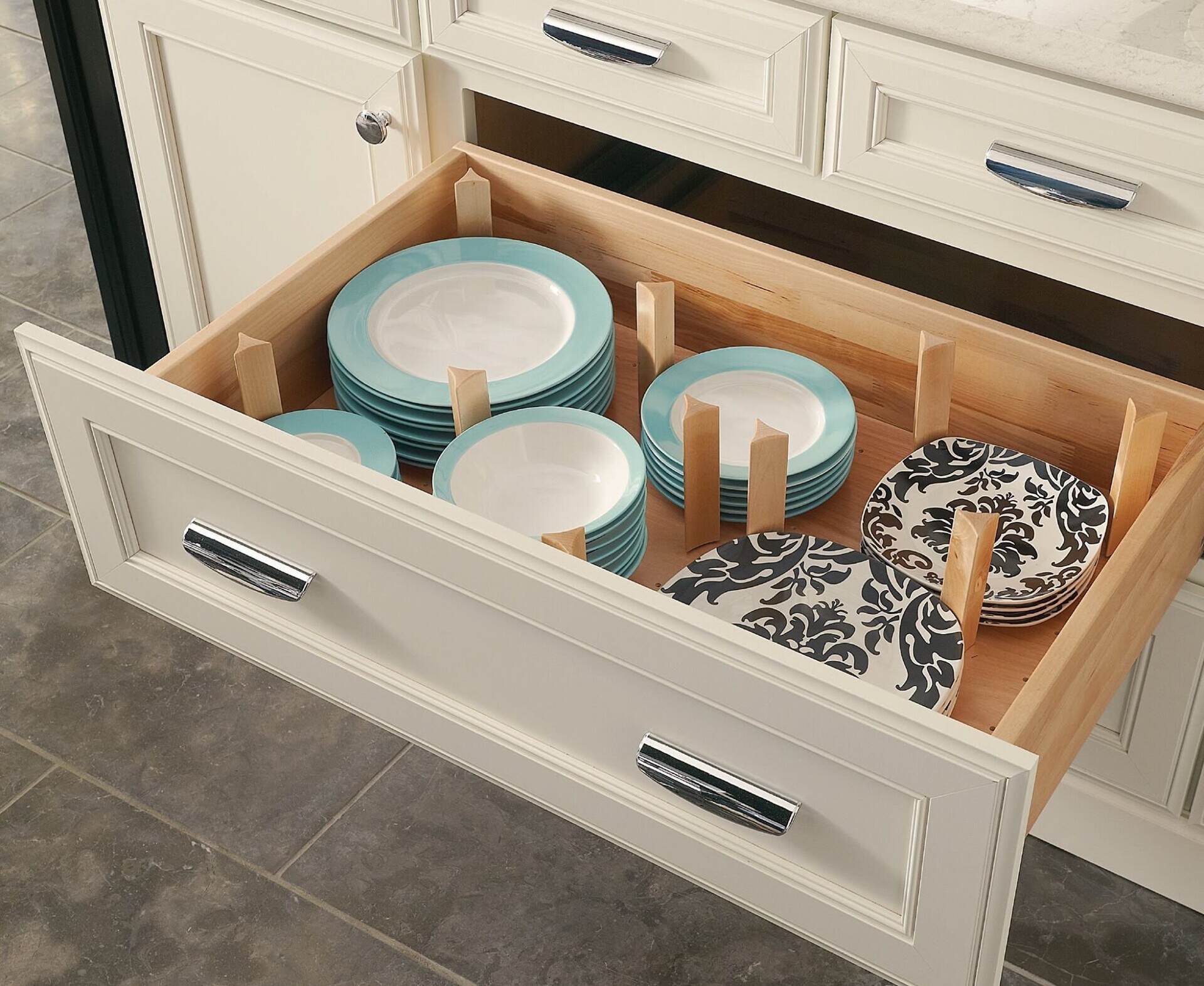




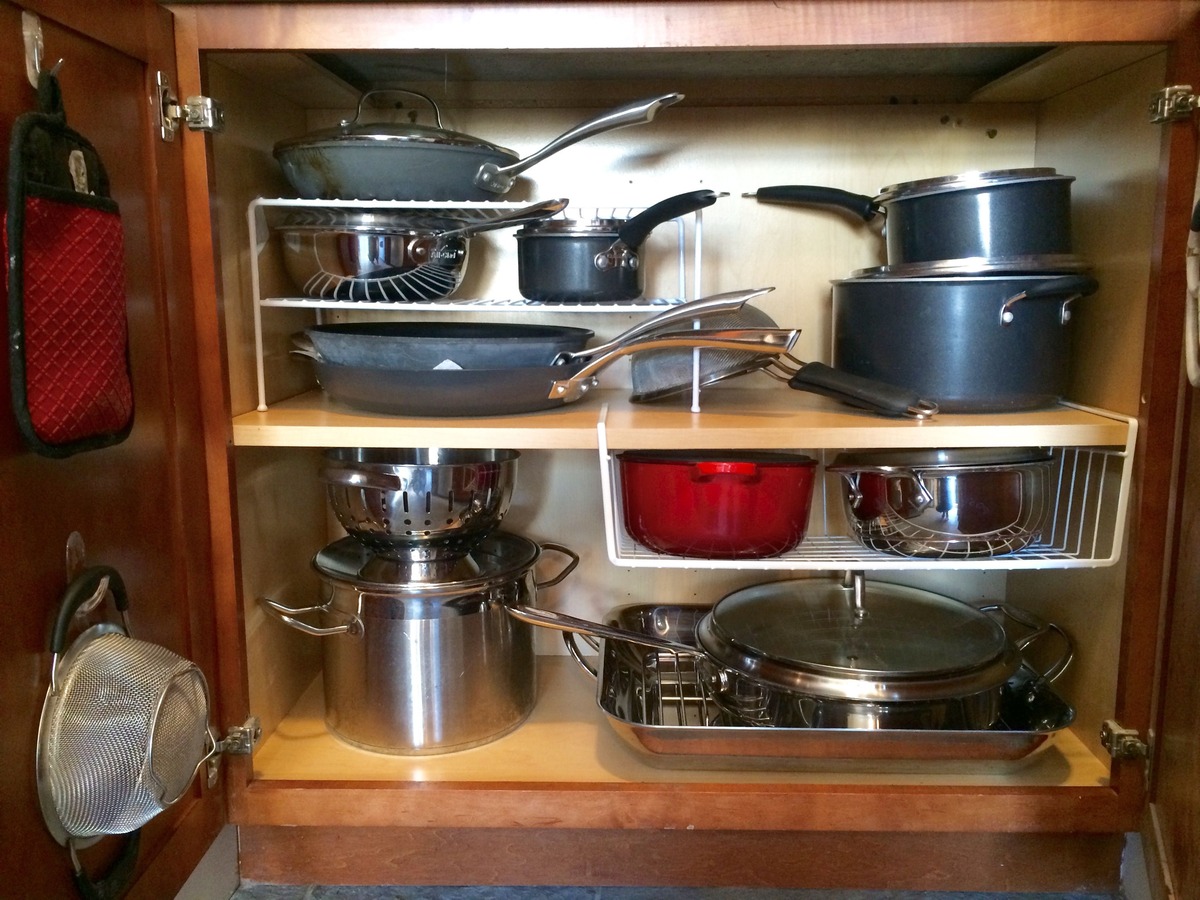

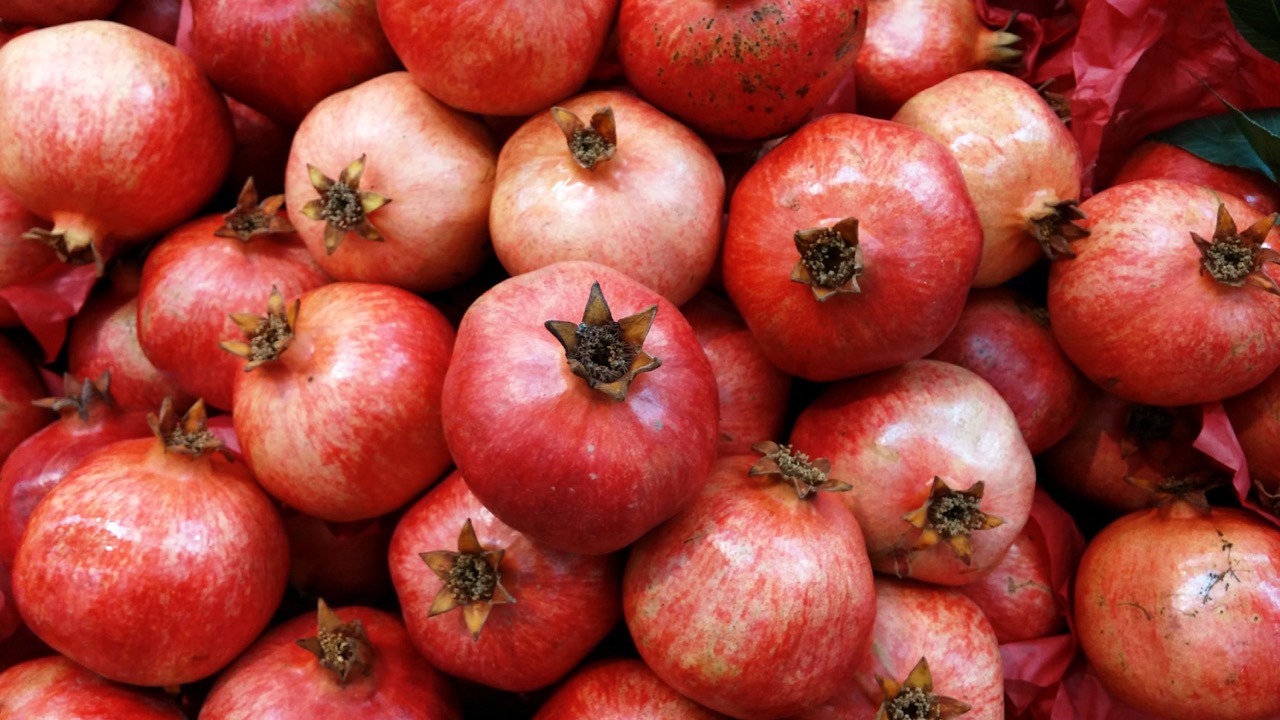
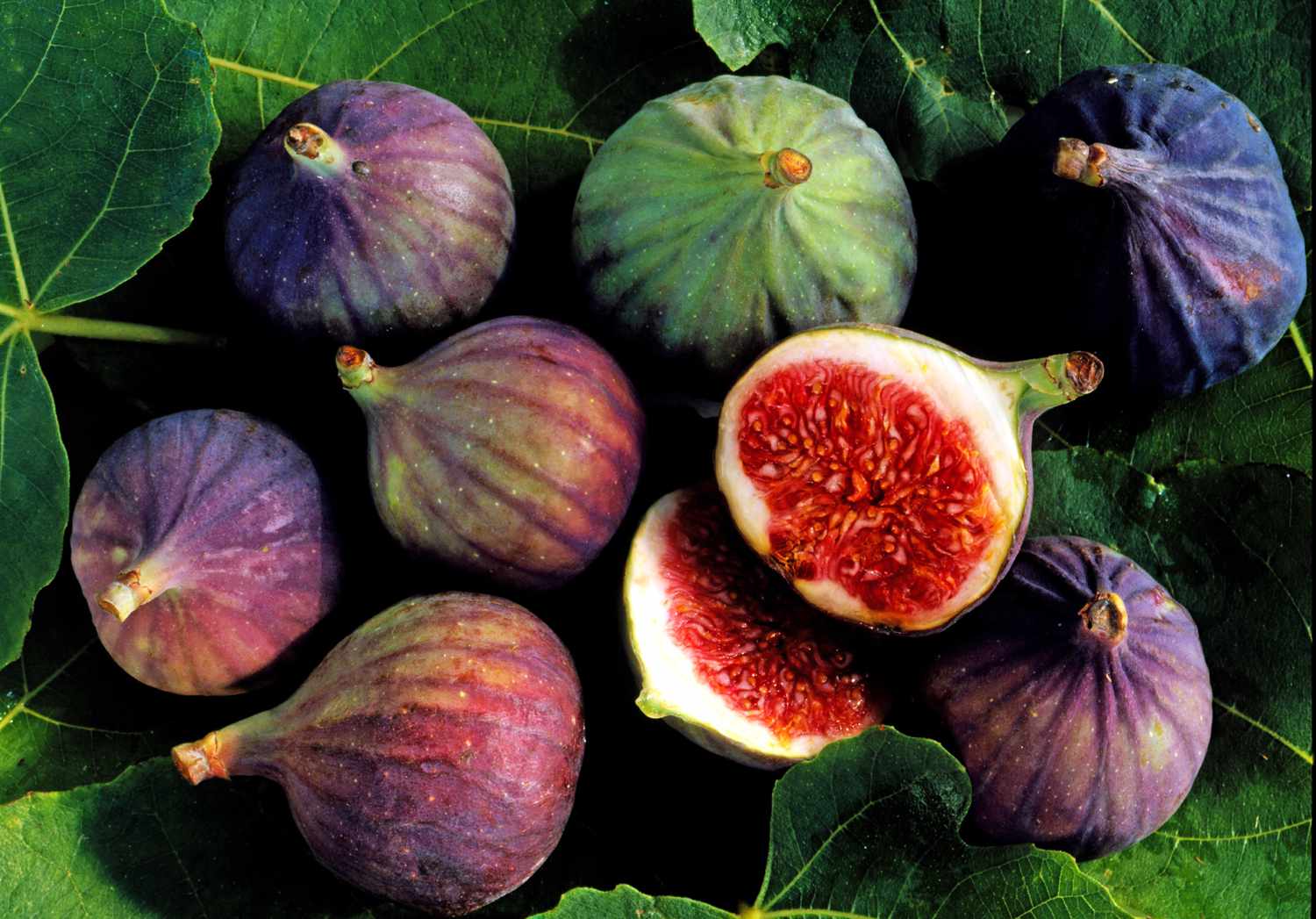
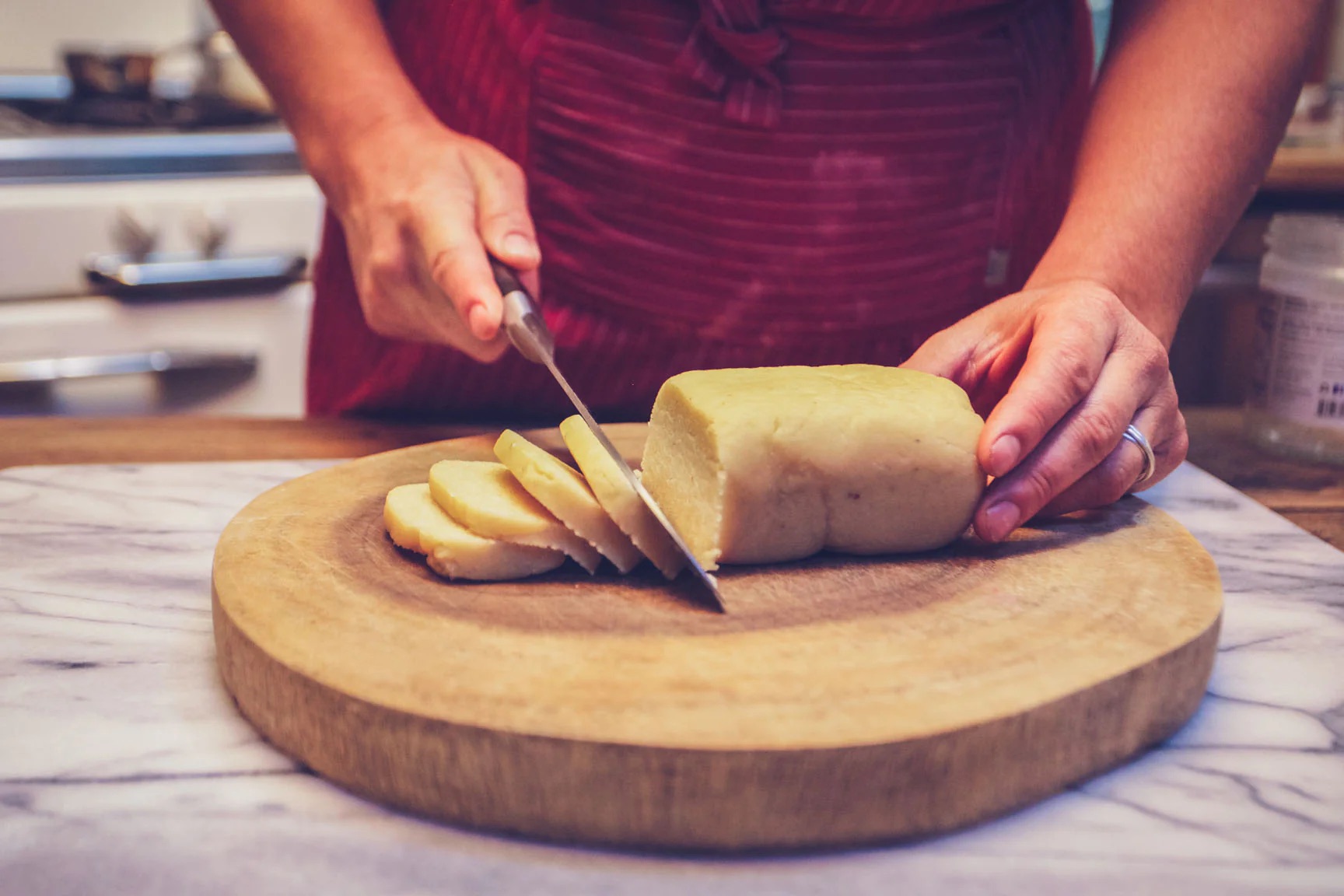
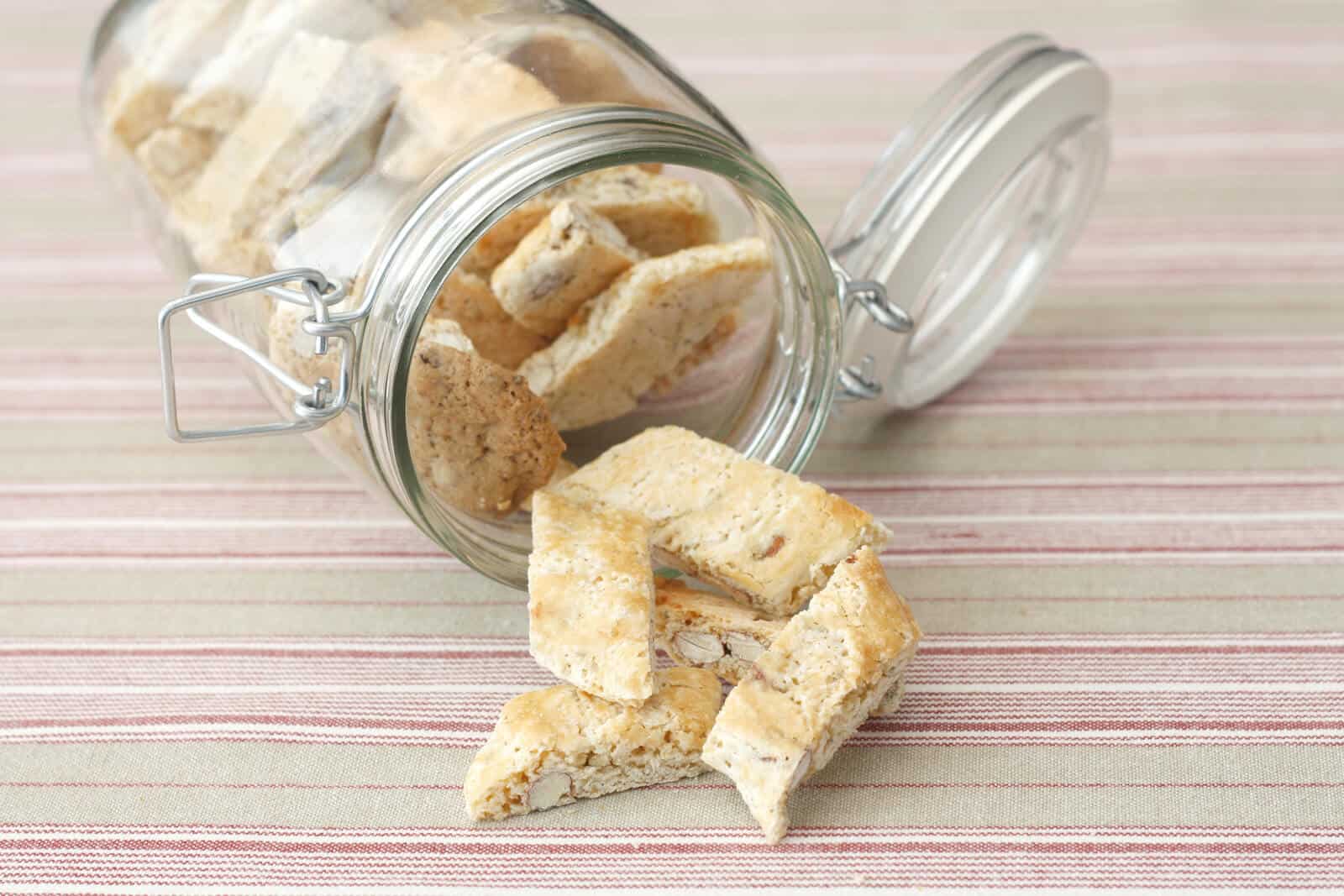
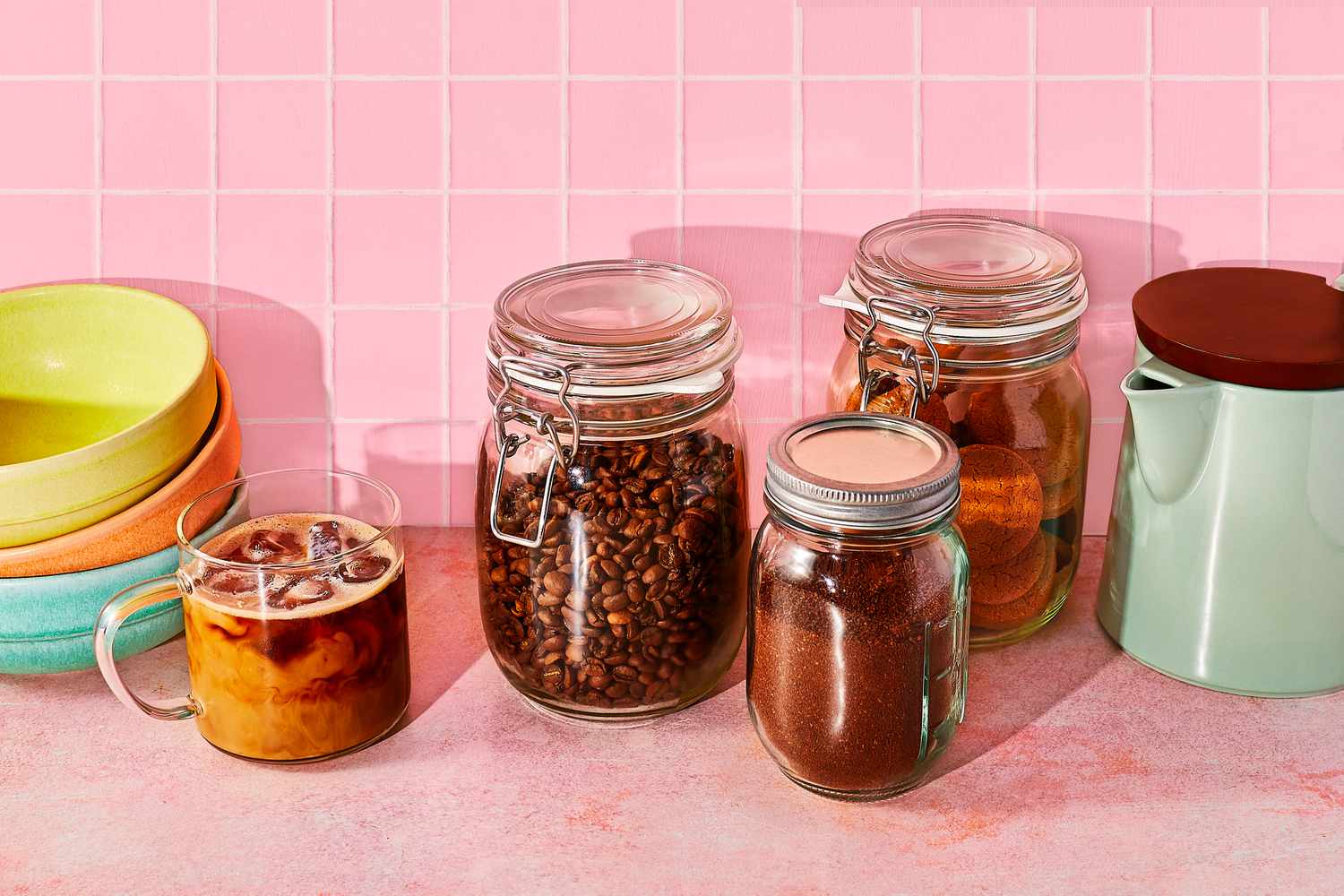
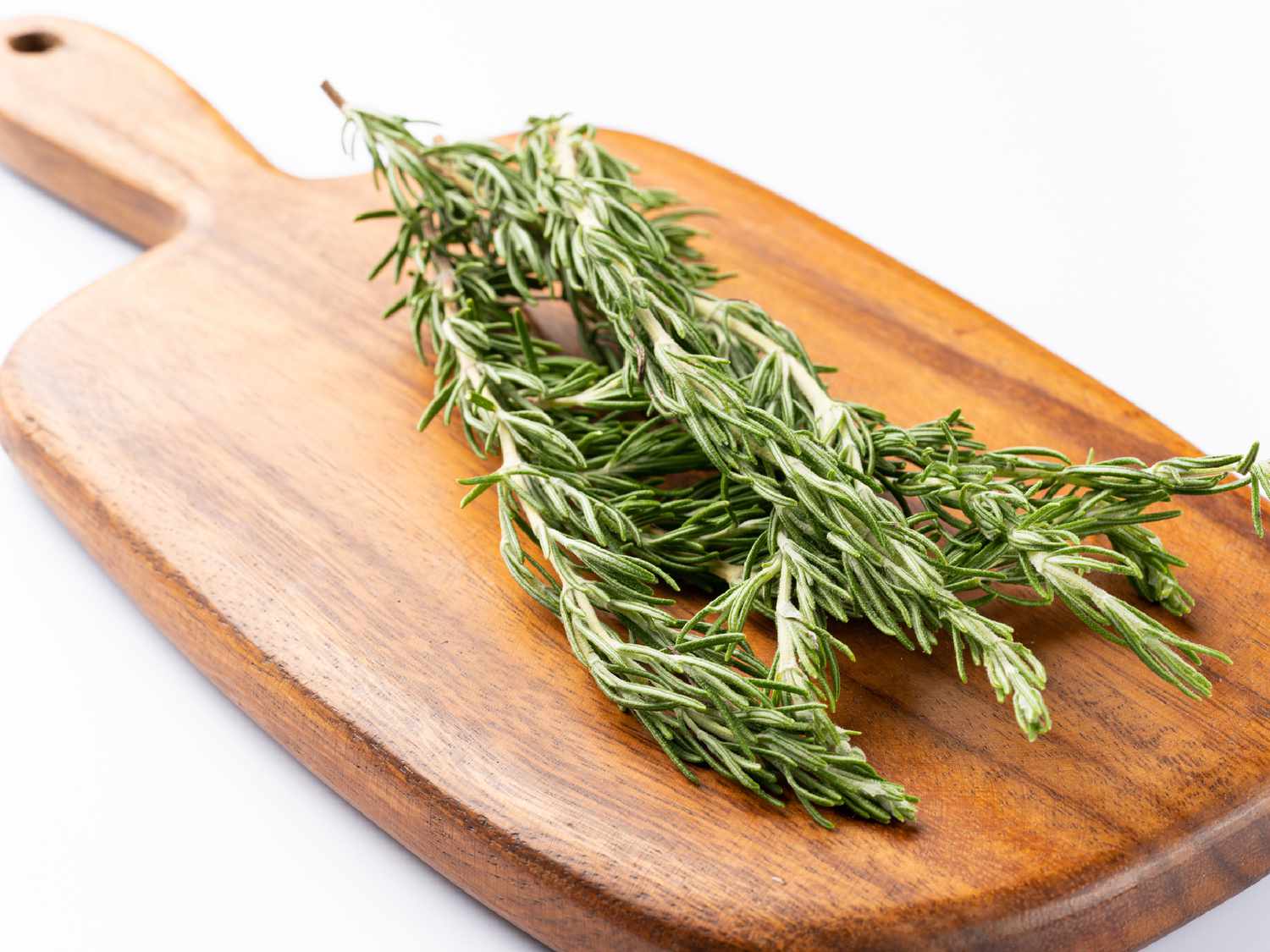

0 thoughts on “How To Store Zuchini”